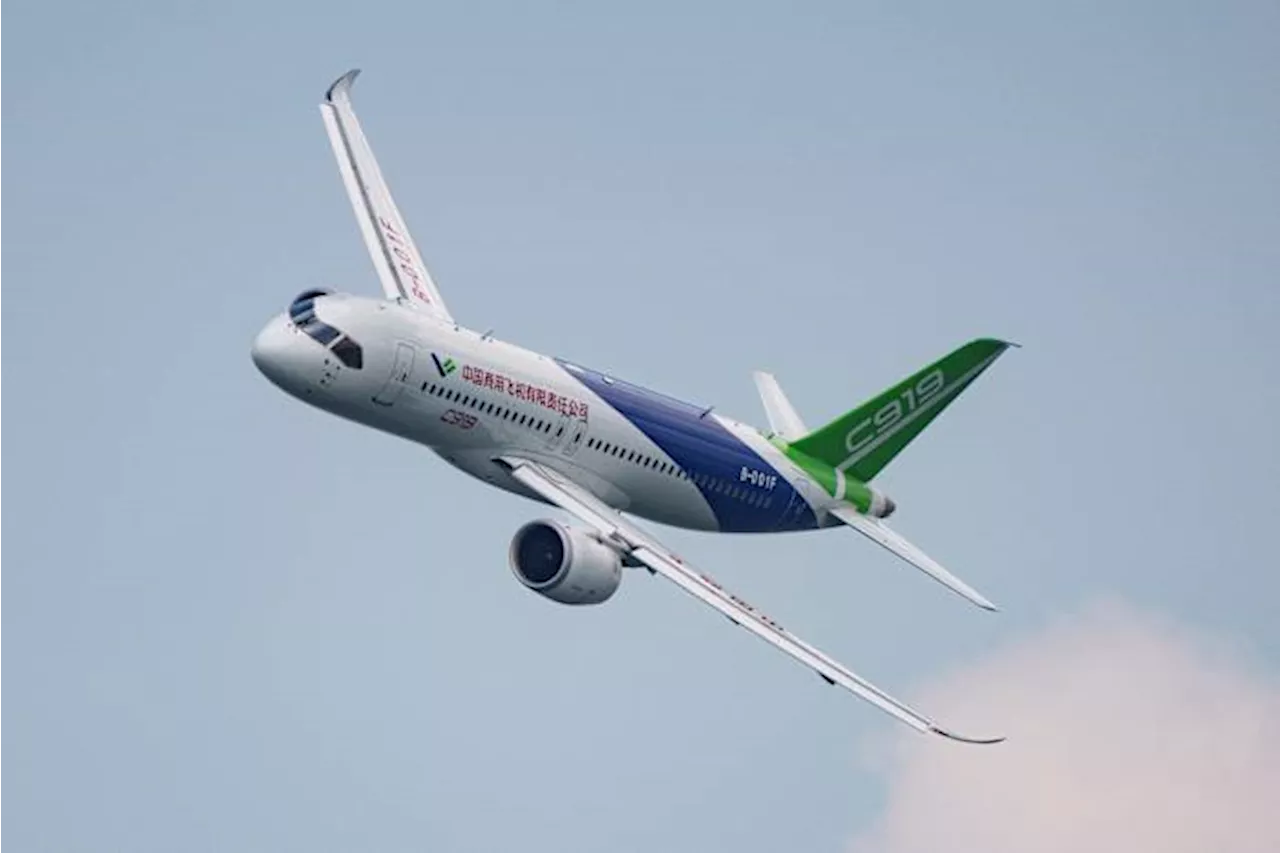On March 15, 2024, China and the Association of Southeast Asian Nations (ASEAN) signed an upgraded free trade agreement, designated ACFTA 3.0. This new pact aims to strengthen economic cooperation and counter rising protectionist policies from other global powers. Key features of the agreement include provisions for green energy initiatives and collaborative efforts on electric vehicle (EV) regulatory standards.
Significance of the Agreement
The agreement, signed during a summit in Kuala Lumpur, was heralded by Chinese Premier Li Qiang as a significant acknowledgment of China’s growing influence in Southeast Asia. Li emphasized that the 11 ASEAN member nations stand to gain from “enhanced bilateral economic and trade cooperation” with China, particularly in light of challenges posed by high tariffs implemented by other countries. This sentiment reflects broader regional concerns about economic stability amid increasing global trade tensions.
“Interference by external forces in our region is rising, and many countries are being unreasonably subjected to high tariffs,” Li stated during the signing ceremony, suggesting a direct correlation between the agreement and trade policies from the United States under former President Donald Trump.
The Chinese Ministry of Commerce has projected that this upgraded agreement will provide vital momentum for both regional and global economic growth. It is intended to serve as a model for countries seeking to combat protectionism and unilateral trade practices.
Key Provisions and Regional Reactions
Since its inception in 2002 and full implementation in 2010, the ACFTA has undergone several upgrades. The latest version, ACFTA 3.0, includes enhanced provisions for green energy, which is advantageous for China, a leading manufacturer of solar panels, electric vehicles, and batteries. One of the key components involves collaboration between China and ASEAN nations on establishing regulatory standards for electric vehicles, a move likely to favor China’s burgeoning EV industry.
Malaysian Prime Minister Anwar Ibrahim expressed satisfaction with the agreement, noting the simultaneous engagement of both the U.S. and China in Kuala Lumpur. “This reflects ASEAN centrality,” Ibrahim remarked, highlighting the importance of balanced relationships in the region.
Despite the optimism surrounding the agreement, concerns linger among some ASEAN members regarding China’s assertiveness in the South China Sea. Philippine President Ferdinand Marcos Jr. welcomed the enhanced trade pact but called for China to show a commitment to cooperation in the disputed maritime area. He criticized China’s territorial claims, citing incidents of aggression, including a recent confrontation involving a Philippine fishing vessel.
Marcos condemned China’s actions in the South China Sea, stating, “Actions like these cannot hide under the veneer of marine environmental protection because they have no legal basis or effect, blatantly disregard international law, and infringe on the Philippines’ sovereignty.” His remarks underscore the delicate balance ASEAN nations must navigate between fostering economic ties with China and addressing territorial disputes.
The ACFTA 3.0 agreement represents a pivotal moment in regional trade relations, highlighting the complexities of economic cooperation in the face of geopolitical challenges. As ASEAN nations continue to engage with both China and the U.S., the implications of this agreement will shape the future of trade and diplomatic relations in Southeast Asia.







